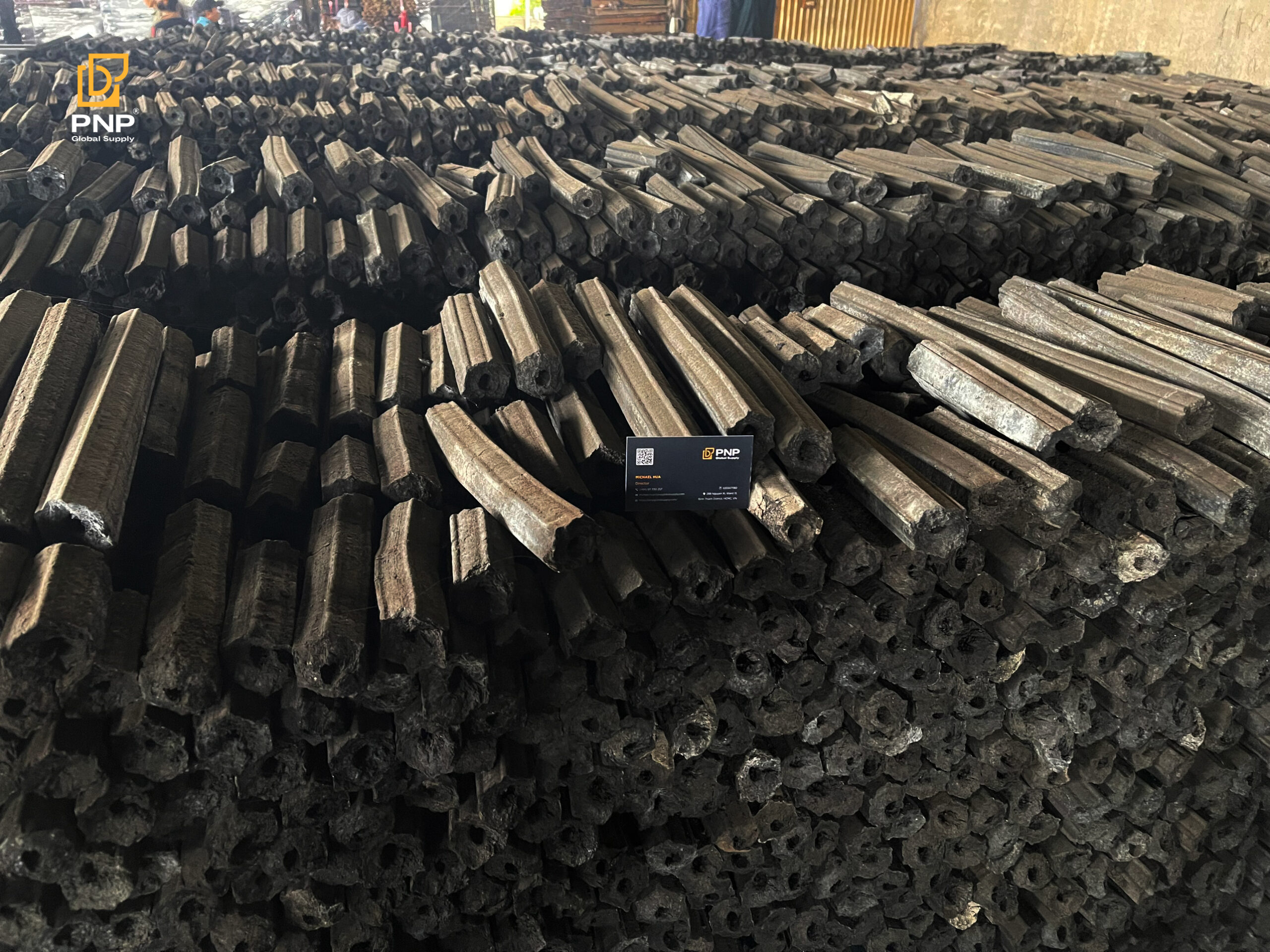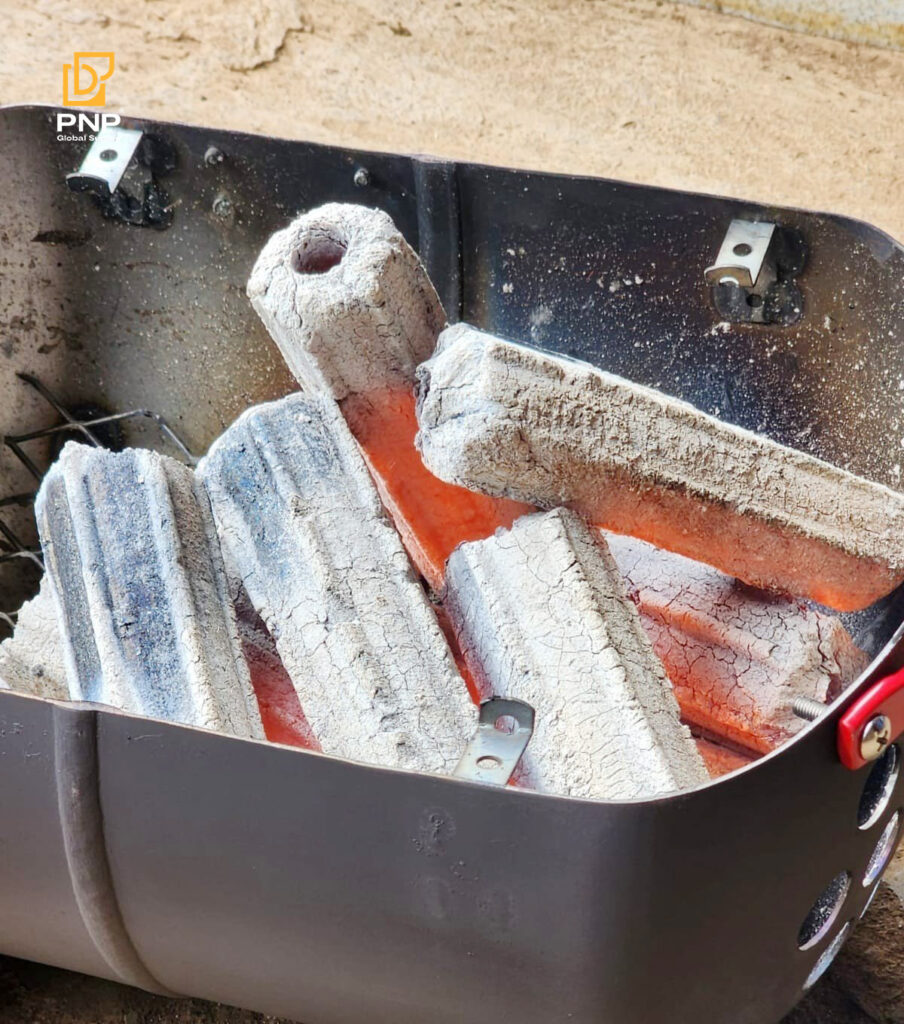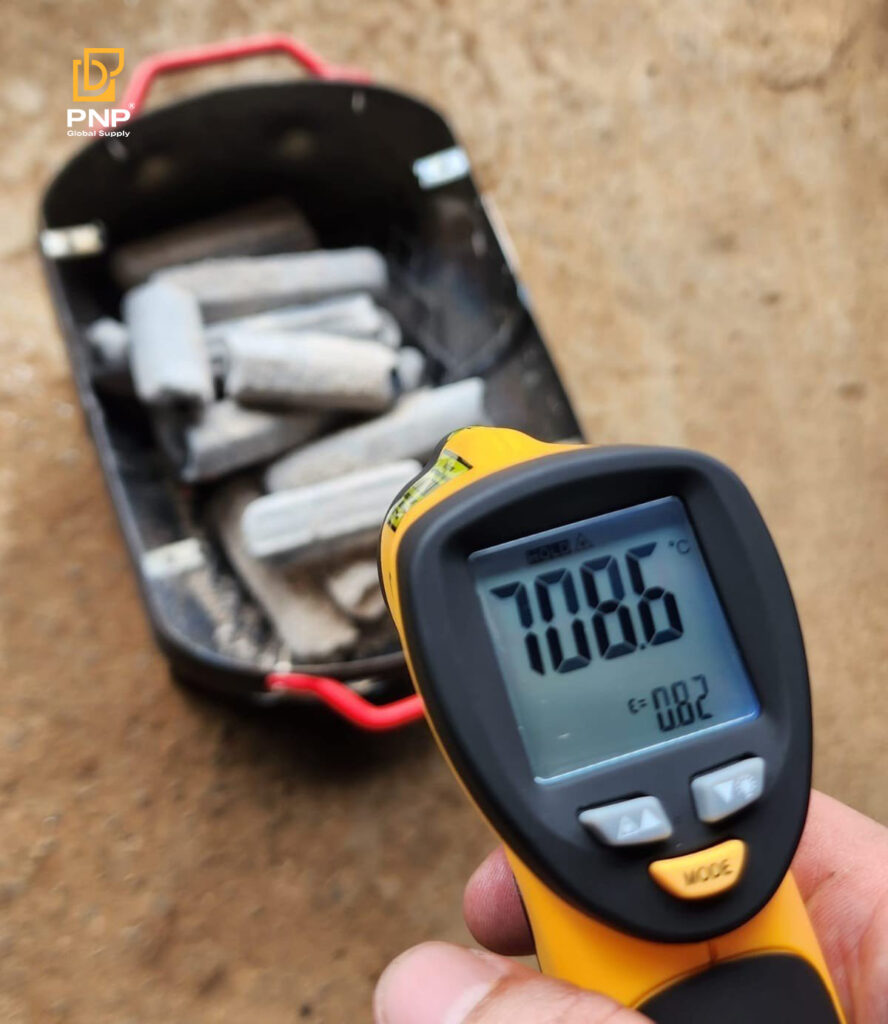If you’ve ever picked up sawdust charcoal, you’ve probably noticed its unique hexagon shape and the hole running right through its center. At first glance, you might wonder: Why the hole? Is it just for looks, or does it actually serve a purpose? Let’s dive in and uncover why this tiny design detail makes such a big difference.
From its role in the manufacturing process to how it transforms your grilling experience, the hole in sawdust charcoal is more than just a gimmick. In fact, it’s one of the key reasons why this type of charcoal is loved by grilling enthusiasts and eco-conscious cooks alike.
What is Sawdust Charcoal?
Before we talk about the hole, let’s get clear on what sawdust charcoal is. As the name suggests, it’s made from compressed sawdust—a byproduct of woodworking. Instead of letting sawdust go to waste, manufacturers turn it into charcoal by pressing it into a certain shape and carbonizing it at high temperatures.
Sawdust charcoal stands out because
- Eco-Friendly: It recycles wood waste and reduces deforestation.
- Efficient Burning: It burns longer and hotter compared to traditional lump charcoal.
- Cleaner Cooking: Produces minimal smoke and ash, making it great for both indoor and outdoor grilling.

Sawdust charcoal of PNP Charcoal
The Purpose of the Hole in Sawdust Charcoal in Manufacturing
Enhancing Drying Efficiency
The hole in the center of sawdust charcoal isn’t just for show—it’s a critical feature during the manufacturing process.
- Improved Airflow: The hole allows air to flow through the charcoal pieces while drying, speeding up the process and ensuring even moisture removal.
- Consistent Drying: This prevents defects like cracking or uneven carbonization, which can compromise the charcoal’s quality.
Supporting Carbonization
During carbonization, heat needs to penetrate every part of the sawdust log. The central hole plays a vital role:
- Better Heat Distribution: The hole allows heat to circulate evenly throughout the charcoal, ensuring consistent carbonization.
- High-Quality Output: This uniform process results in durable, efficient charcoal that burns longer and cleaner
Without the hole, the manufacturing process would be slower and less reliable, leading to inconsistent products.

The Purpose of the Hole in Sawdust Charcoal for Grilling
Better Airflow During Grilling
Air is essential for fire. The hole in the center of sawdust charcoal acts as a natural air tunnel, letting oxygen flow through easily. This improves combustion, ensuring the charcoal burns evenly and at a high temperature.
- Even Heat Distribution: Your grill stays consistently hot, giving you perfectly cooked food every time.
- Hotter Flames: The added oxygen boosts the temperature, ideal for searing steaks or achieving crispy textures.
- Quicker Cooking: Better airflow means less time waiting for the grill to heat up.

It’s like giving the fire its own little wind tunnel—pretty clever, right?
Faster Ignition
Struggling to get your charcoal lit is one of the most frustrating parts of grilling. Thankfully, the hole in sawdust charcoal helps with that too. The open center allows flames to spread more easily, lighting up the charcoal quicker than traditional alternatives.
- Save Time: No more standing around waiting for your grill to get hot.
- Less Hassle: You can skip the excessive use of lighter fluid or other fire starters.
- Perfect for Busy Cooks: If you’re in a rush, quick ignition is a lifesaver.

If you’re looking to grill with a smaller carbon footprint, sawdust charcoal is the way to go.
Conclusion
So, why does sawdust charcoal have a hole in the center? It’s all about performance, efficiency, and sustainability. From better airflow and faster ignition to cleaner burns and consistent grilling, the hole plays a vital role in making sawdust briquettes charcoal one of the best choices for cooking.
Next time you fire up the grill, take a moment to appreciate that little design detail. It’s proof that even small changes can make a big difference!
________________________________
Contact us for more information
Facebook: PNP Charcoal
Instagram: PNP Charcoal
Email: info@pnpglobalsupply.com




